We’re here to help
Whether you’re a contractor, dealer, or producer, CMHA has developed resources to help you promote the hardscaping industry.
Career Paths
View three possible career paths in the hardscaping industry: installation, sales, and manufacturing.
Installation Career
Sales Career
Manufacturing Career

Career Day Resources
Career Days are a great way to meet young people and tell them about our growing industry. Click here for some tips for successful career days.
Workforce Boards
Getting involved in your local workforce board is the best way to be able to find qualified entry-level workers for your open positions. Want to learn more? Click below for our FAQs.
FAQs: Getting Involved with Your Local Workforce Board
-
A Workforce Development Board is a group of community leaders appointed by local elected officials and charged with planning and oversight responsibilities for workforce programs and services in their area. Workforce Development Boards are part of the public workforce system under the U.S. Department of Labor. The system is a network of federal, state, and local offices that function to support economic expansion and develop the talent of our nation’s workforce. The public workforce system works in partnership with employers, educators, and community leaders to foster economic development and high-growth opportunities in regional economies in order to meet the challenge of the 21st century global economy. This system exists to help businesses find qualified workers to meet their present and future workforce needs.
-
Workforce Development Boards were originally created in 1998 under the Workforce Investment Act, and re-authorized under the 2014 Workforce Innovation and Opportunity Act. Workforce Development Boards have been created in all 50 states to oversee policy on workforce development and coordinate services through a network of 3,000 One-Stop Career Centers, implementing initiatives for potential workers and employers in one convenient location. The focus of federal law is to consolidate, coordinate, and improve employment, training, literacy, and vocational rehabilitation programs in the United States.
-
The Workforce Innovation and Opportunity Act requires a “one-stop” delivery system where state and local agency partners are tasked with delivering a universally accessible, integrated system of labor market information and education/training programs – free of charge. Once the Workforce Development Board and other state organizations determine a business need, personnel at the One-Stop Career Centers assist with recruiting and training employees. One-Stop Career Centers are accountable for the results of their work.
-
Workforce Development Boards are required to maintain at least a 51% representation from the local business sector. The intent of this law is to develop a workforce development system based upon local business needs. The remaining board membership includes entities representing labor organizations, education and training providers, economic and community development, and the public sector. Diversity is sought between small and large businesses, type of services and industry, and geographical location.
-
Workforce Development Boards were created to help employers. Their role is to develop regional strategic plans and set funding priorities for their area business community to develop and foster initiatives to help address labor shortage issues. Many Workforce Development Boards facilitate partnerships between local businesses with similar training needs. These Boards also rely on labor market information to develop sector strategies that focus resources on a particular high growth industry for their area, often involving skills training for local businesses.
-
Contact your local Workforce Development Board and start a conversation about how your company can help develop a program focused on training and hiring employees for the hardscaping/landscaping industry in your state. Find your local Board by going online and entering your company’s address.
-
It costs you time and effort. The more time you can put into developing a relationship with your Board and contributing to an existing or new state program, the better off you and your company will be.
-
Before you start a conversation with your local Board, consider your workforce needs. If you need help recruiting employees, make sure you know how many you need, for what positions, salaries, benefits, opportunities for advancement, and any required training or education. If you need help retaining employees, write down why you think employees are leaving your company.
-
Put together some facts and figures about your workforce needs, discuss the idea with other hardscaping/landscaping businesses in your state, put some plans together, and meet with your local Board representatives to see what programs are currently available or if you can help create a new opportunity in your state that can help address your Workforce Development issues.






